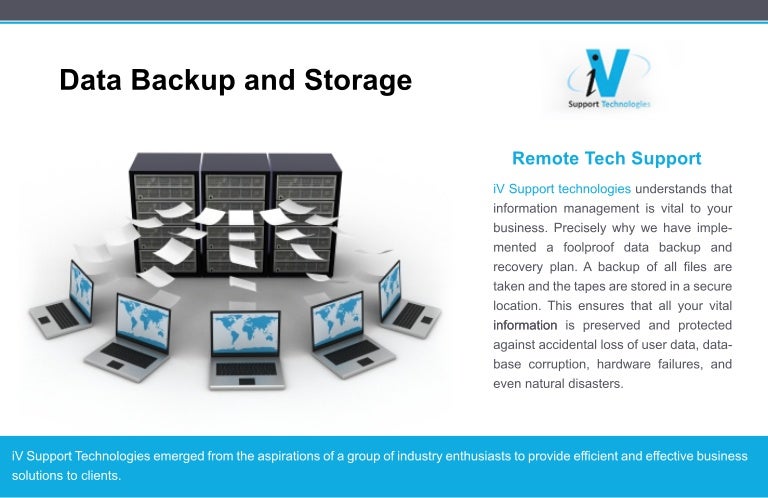

Data backup storage hagerstown archive#
From the portal's Quick Start Center, at the top right corner, click on the 'Store, Backup or Archive data' button.Create an account, if you don't already have one or sign in if you do.This first step may not be necessary if you already have an account (eg: or ) and the second step may not be necessary if you or your organization is already leveraging Azure services. This does NOT apply to QRadar on Cloud, the QRadar SaaS offering.įor this use case, I created a Microsoft email account as well as an Azure account associated to it. This is true of both physical and virtual appliances, including cloud hosted virtual appliances (eg: AWS/Azure/GCP/IBM Cloud/etc). Please note that this method applies to the 'traditional on-premise' model of deployment for QRadar instances and that this script will need to be scheduled on all consoles and processors as that is typically where the relevant backup files are stored. I figured it was about time I tried this out for myself given the lessons learned in my previous attempts using the IBM Cloud Object Storage, link here. Not only does this model not require a mount point on your QRadar instance, but it also provides hot and cool models for storage containers, with cool not necessitating a lot of interaction. The cloud-based pay-as-you-go or measured/metered pricing model can help with this and even better, cloud providers often have tiered pricing based on their own short- or long-term storage models.Īnd this is where Azure comes in! Azure can provide a great deal of help given their various storage models, in this case, the Blob storage. Often times, organizations struggle with spinning up a dedicated storage environment for on-premise longer term retention due to operational and capital costs associated with this, not to mention the maintenance related overhead! Although QRadar does provide a quick and easy way to configure both data and configuration backups, it suffers from default storage location being on the active device. We all know the importance of data retention as well as the importance of doing this on a separate server, and ideally on a remote system or a cloud-based storage provider. I selected one in particular, but you may select any that meets your requirements! And away we go.


Note that Microsoft Azure does provide several levels of storage capabilities with varying price points. This is 'the first sequel' to my previous article regarding IBM Cloud Object Storage! In this one, I will focus on Microsoft Azure's Blob Storage in regards to long term cool storage.


 0 kommentar(er)
0 kommentar(er)
